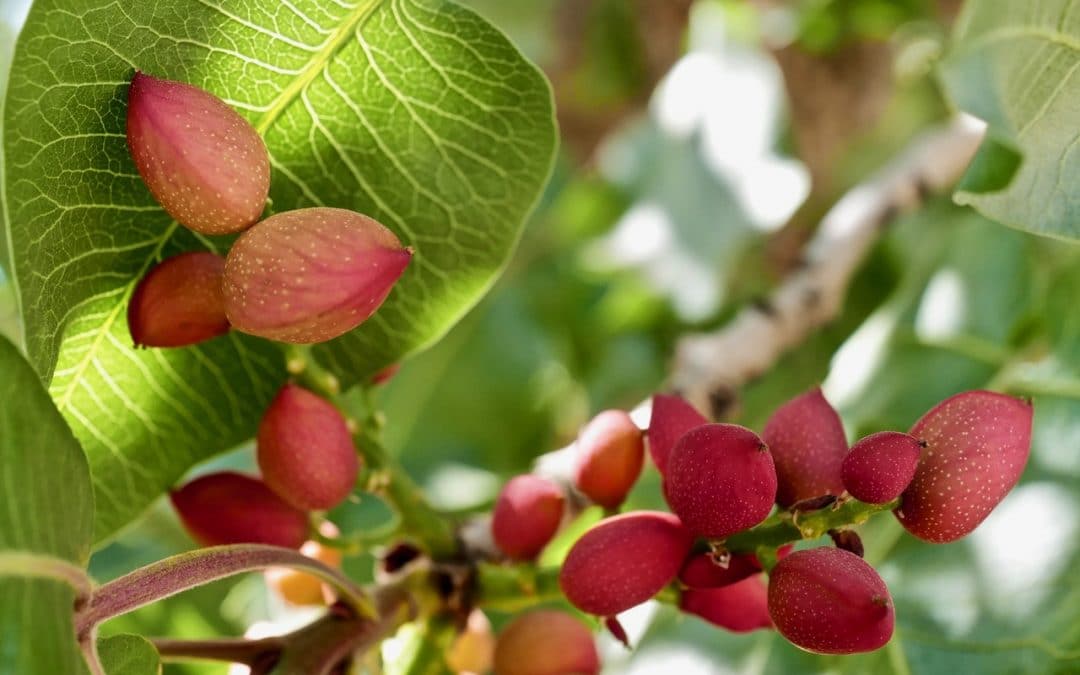An in-depth article by Nutrient TECH Agronomist, Tom Gerecke as presented by GAR Bennett
When asked about the function of Potassium (K) in plants, many Crop Advisors respond, “plant water relations.” Potassium does much more with its regulation of stomatal opening and closing than simply help a plant regulate its water use. The open stomates are necessary for CO2 to enter for photosynthesis to occur. Sugars from photosynthesis are necessary for shoot growth, root growth, and yield. Expanding leaves on growing shoots drive water uptake with essential Potassium contained within. Active roots take up water for cell expansion and sugar production.
If K supply is inadequate, the stomata become slow to respond to environmental changes and water vapor is lost. Closure may take hours rather than minutes and is incomplete. As a result, plants with an insufficient supply of K are much more susceptible to water stress.
The amount of K present in the cell influences enzymes and the rates at which chemical reactions (like ATP formation in photosynthesis) in the plant can proceed. Normal development of energy storage organs, such as fruit, is retarded as a result.
Most Potassium uptake in plants is from diffusion to roots. As soils dry, diffusion of K to roots is reduced. With proper fertigation, we can increase the quantity of Potassium taken in through mass flow and improve potassium uptake. This is accomplished by fertigation with Potassium resulting in increasing soil solution K levels. Soil solution potassium is readily taken up by the plant’s root system. Your Crop Advisor can provide management guidelines for optimizing Potassium fertigation.
California soils are most likely to be poor suppliers of Potassium when water is in tight supply and crop demand is high. Soil test results can help verify the need for supplemental K. Since Magnesium can compete with K for root uptake, but is also critical for optimum photosynthesis, its relative balance with Potassium should be evaluated.
Leaf analysis is an added tool for the evaluation of Potassium needs in season. Remember excessive Potassium may negatively affect desirable Calcium and Magnesium levels. Do not wait until summer to test leaves for Potassium. Evaluation criteria for spring samples are available from progressive sources. Do not only rely upon petiole analysis for K, results may be misleading. Please do not assume your crop is in good shape with your leaf test levels just hitting the bottom of the “adequate range.” According to some experts, the “optimal” Potassium level for growth is 2-5% of leaf dry weight.
The extra investment to reach a more optimum level may pay off in production year over year. Supplemental applications of fertigated and foliar Potassium will often benefit crop production through their impact on many plant physiological processes.
Ask your fieldman or PCA how to overcome water stress in crops with Hi-K 0-26-28 from Nutrient TECH!



